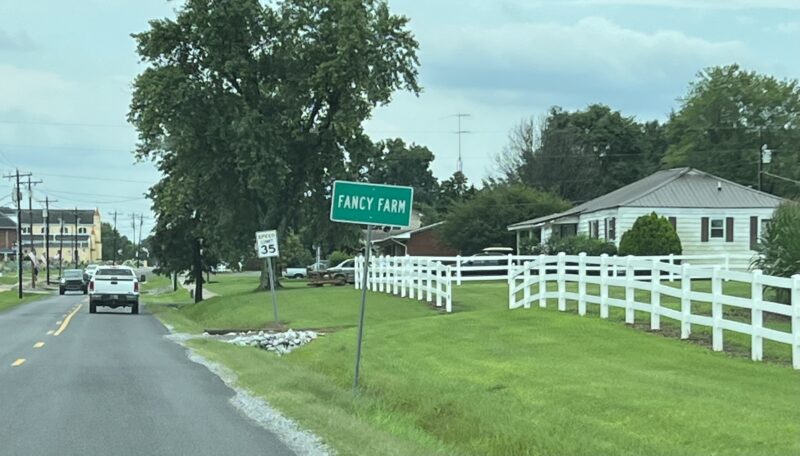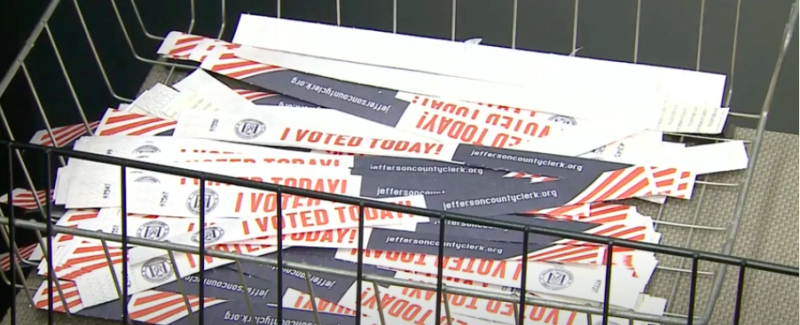The window to hold a special session to redraw legislative districts before the upcoming session and candidate early January candidate filing deadline is shrinking by the day, and Republican lawmakers are continuing to point the finger at Democratic Gov. Andy Beshear for the delay.
At a press conference in Bowling Green, Kentucky, on Monday, Senate President Robert Stivers told reporters he thought lawmakers could be ready to hold a redistricting special session within a week. However, Stivers said Kentucky’s Governor Andy Beshear is refusing to call the special session unless he can see the redrawn maps and approve the new legislative districts.
“For some reason [Beshear] wants to delve into the policy side and have sign-off on what the redistricting would look like, and that’s not his role, and he is making that the caveat to calling a special session,” Stivers said.
The fight over Beshear viewing the maps seems to have not changed since Kentucky Fried Politics first reported the impasse in late Oct.
Redistricting is inside political baseball, those candidates seeking to run and lawmakers wanting to stay in office care deeply about the process. For everyone else, it is a process that is supposed to happen every 10 years in coordination with the census to ensure every Kentuckian has equal representation.
Senate Republican leadership draws the maps for the upper chamber, and House Republican leadership draws the maps for the lower chamber. According to state Senate leadership, there is agreement amongst their members for the newly crafted districts. On the House side, some members tell Kentucky Fried Politics that there remain some issues to iron out in eastern Kentucky, but feel like they are close.
Rank and file Republican legislators in the House have been invited to sit down with leadership and view their districts, and those with issues have returned in an effort to iron out the maps. With the loss of population from rural areas, lawmakers districts in those areas will have to expand geographically – and that means some members could be pitted against one another, or in areas they do not want to represent.
Leadership is also reportedly keeping an eye on the candidates who have filed for the 2022 elections, in an effort to ensure the right kind of members are included in the caucus. There is also a feeling that the House Republican caucus could bloom from 75 members to as many as 82 members after the redistricting process. Among Republicans there is a split in philosophy on that matter, is it better to have a lot of members and fight internal factional battles or keep Democrats in play as a common enemy, and to spend the time redistricting ensuring members have their districts shored up in swing districts?
Every change made to the map has a ripple effect as the districts have to balance the correct number of Kentuckians. The map of today could easily be readjusted and push a member out of their current district and into another member’s district.
With both House and Republican caucus retreats set for mid-December, there is a small window for those maps to be passed before lawmakers return Jan. 4 for the 2022 regular session when they will also have to pass a two-year state budget. Beshear may have delayed too long his ability to horse-trade by not making a deal to call the special session before December.
If new maps are not passed before January, lawmakers will likely push back the candidate filing deadline back from its current deadline on Friday, Jan. 7. Republicans would also likely have to pass their maps in the first week of the session. Beshear would likely veto those maps, and Republicans would have to override the veto, a pretty easy vote for the supermajorities as long as members are okay with the new maps.




 Login
Login  Must include at least 8 charaters
Must include at least 8 charaters



